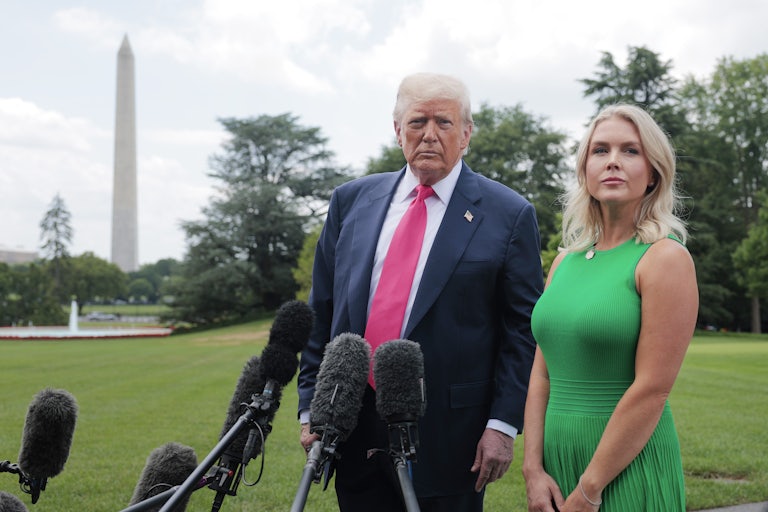
The name blinked on the screen — Rachel Mendez — and for a second, I felt the same chill that had run through me that night a year ago. I hesitated before clicking. It was just routine, a background check among dozens of others. But something inside me knew there was nothing “routine” about this one.
When the file opened, the silence of the precinct seemed to grow louder. The first line read:
CLASSIFICATION: CONFIDENTIAL — FEDERAL INTEREST.
I scrolled down. The images came first. Blurry photos of Rachel in different places: a train station, a supermarket, a park. Always with Emma — the little girl with the sad, innocent eyes. Next to each photo were date stamps and surveillance notes.
And then a line that made my stomach turn:
“Suspected involvement in Witness Protection Program — Vega Case.”
My heart began to pound so hard I could barely read. The Vega Case.
I remembered that name. One of the darkest investigations in Portland’s history: human trafficking, narcotics, police corruption. A network that crossed borders and ended with three agents dead — and one missing informant.
The informant’s name was Rafael Vega.
And according to the file in front of me, Rachel Mendez wasn’t just a desperate mother. She was his wife.
That night, I went home unable to quiet my mind. The memory of little Emma — barefoot, her hands sticky with tears — haunted me. What had she lived through? What had I truly saved that night?
I opened my old report — the one I had “adjusted” to protect the girl. There it was: the falsified call time, the omission of the unauthorized transport. I had saved two lives… but I’d also compromised my own.
And now I realized there was much more at stake.
I called an old friend at the FBI, Mark Ellison.
“I need you to check a name for me — off the record.”
There was a long pause.
“Lauren, what are you doing?”
“Please. Just trust me.”
The next day, he called back. His voice was grave.
“Rachel Mendez doesn’t exist.”
“What?”
“The name’s fake. Her real name is
Isabel Vega — wife of Rafael Vega, the missing informant. They were in witness protection, but someone found them. Rafael was killed a year ago. And… Isabel vanished soon after.”
My blood froze.
“But I saw her. She was alive — in the hospital.”
“Maybe someone made sure she didn’t stay that way.”
Sleep became impossible. Every time I closed my eyes, I saw Emma’s face — that fragile mix of fear and faith, as if she still believed adults could save the world. I’d saved her once. But what if she was still in danger?
I accessed the adoption system — unauthorized. I searched for Emma Mendez. No results. Emma Vega. Nothing.
Finally, I typed Unidentified girl — St. Mary’s case. A dusty old file appeared. Dated twelve months prior.
“Child removed from adoption system by federal agent. Destination: confidential.”
Confidential. Again.
I grabbed my coat and left — ignoring protocol, ignoring fear. I needed to know where she was.
Three days later, I found my first lead. A nurse from St. Mary’s — the same one who’d helped me that night — remembered something.
“After you left, two men in suits showed up,” she said. “Said they were from the FBI. Took Rachel — or Isabel — straight from the psych ward. She was sedated. We never saw her again.”
“And the little girl?” I asked.
“They said she’d be taken somewhere safe. But… a week later, a woman called the hospital, terrified, asking about her daughter. I recognized the voice. It was the mother.”
The nurse bit her lip, tears in her eyes.
“She whispered something before hanging up — said, ‘If they find Emma, tell her the star still shines in the north.’ I never understood what it meant.”
But I did.
When Emma was in the shelter, she used to draw constantly — stars, moons, little houses under a dark sky. In one drawing, there was a big star with a name written beneath it: North Haven.
An orphanage in the north of the state.
I drove for hours through the rain. The mountains loomed like shadows, and the radio crackled with news I didn’t hear. I arrived at North Haven by dusk — an old building surrounded by trees and uneasy silence.
The woman at the reception eyed me warily. “Can I help you?”
“I’m looking for a girl named Emma. She’d be about seven now. Brought here roughly a year ago.”
She flipped through some papers. “We don’t have anyone by that name.”
“Please,” I said, showing my badge. “She might be under a different name.”
The woman hesitated, then typed something on her computer.
“We have a child named Emily Norwood. Arrived eleven months ago. But she was transferred two weeks ago to a foster family in Bend.”
My heart leapt. Emily. Emma. It was her.
“Do you have an address?”
She shook her head. “Confidential. Only federal services can access it.”
I left burning with frustration.
Back in the car, my phone rang — unknown number. I answered.
“Lauren Hale?” a rough male voice asked.
“Who’s this?”
“It’s Mark. We need to talk. Now.”
We met at a roadside diner. When he arrived, he looked exhausted.
“You shouldn’t have dug into this,” he said. “They’re tracking you.”
“Who?”
“The same people who killed Rafael Vega. Rachel — Isabel — tried to expose them. She thought witness protection would be enough. But there were compromised agents inside the FBI. She vanished to protect her daughter.”
My chest tightened. “Then Emma’s in danger.”
“She is. And if they find you first, she’ll disappear forever.”
From that moment, my life became a race against time. I ditched my phone, abandoned the patrol car, and followed crumbs of clues — a mailbox in Bend, an anonymous donation under N. Star Foundation, and finally, an address: Old Mill Road, House 17.
I arrived at night. The windows were lit. Through the glass, I saw a dark-haired woman cooking in the kitchen. And at the table, drawing with colored pencils — was her.
Emma.
For a heartbeat, I forgot everything. Her shy little smile was the same as a year ago.
I knocked on the door.
The woman looked cautious — then recognized my badge.
“Agent Hale?”
“Rachel?”
She nodded. “Don’t say that name. Please.”
We went inside. She locked the door, her hands trembling.
“They think I’m dead. I had to disappear. I called only once — to see if Emma was safe. After that, I changed everything.”
“Why?”
She took a deep breath.
“Because Rafael isn’t dead. He’s in hiding. And what he uncovered could destroy powerful people — politicians, agents, corporations. They’d do anything to silence him… and me.”
My blood ran cold. “What now?”
Rachel looked toward Emma, who was drawing stars on a blue sheet of paper. “Now, I just want her to live.”
Before I could answer, headlights swept across the window. One car. Then another.
Rachel grabbed my arm. “They found us.”
“Take Emma and go — out the back!” I shouted.
She ran. Outside — heavy footsteps, voices, commands. I drew my gun, breath ragged. The sound of glass shattering. Lights. Screams.
Rachel and Emma escaped through the woods. I stayed behind.
When I woke up, I was in a hospital bed, my shoulder bandaged. Mark was beside me.
“They’re gone,” he said. “No trace. But they left this for you.”
On the bedside table was an envelope. Inside — a drawing of a huge star, with two figures holding hands. Beneath it, written in pink pencil:
“Thank you for finding me. — Emma.”
I closed my eyes as the tears finally came.
I broke every rule. Falsified reports. Defied the system.
But in the end, I understood.
Sometimes justice isn’t in the law.
It’s in the choices we make when no one’s watching.
And as I held that drawing, I knew that wherever they were, Rachel and Emma were free — and maybe that was all that really mattered.
Because some lives are worth every rule broken.
And some stars… never stop shining. ✨







